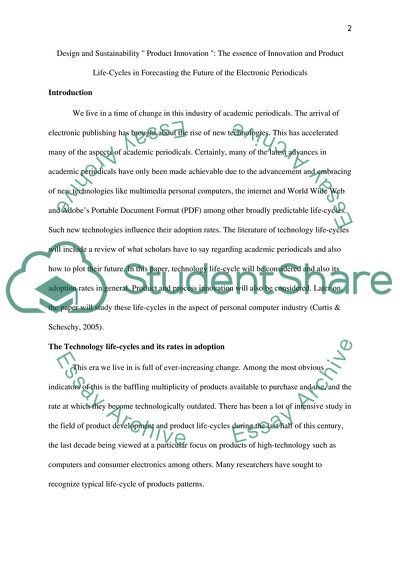Cite this document
(Design and Sustainability ''Product Innovation'': The Essence of Coursework - 1, n.d.)
Design and Sustainability ''Product Innovation'': The Essence of Coursework - 1. Retrieved from https://studentshare.org/technology/1793144-design-and-sustainability-product-innovation
Design and Sustainability ''Product Innovation'': The Essence of Coursework - 1. Retrieved from https://studentshare.org/technology/1793144-design-and-sustainability-product-innovation
(Design and Sustainability ''Product Innovation'': The Essence of Coursework - 1)
Design and Sustainability ''Product Innovation'': The Essence of Coursework - 1. https://studentshare.org/technology/1793144-design-and-sustainability-product-innovation.
Design and Sustainability ''Product Innovation'': The Essence of Coursework - 1. https://studentshare.org/technology/1793144-design-and-sustainability-product-innovation.
“Design and Sustainability ''Product Innovation'': The Essence of Coursework - 1”, n.d. https://studentshare.org/technology/1793144-design-and-sustainability-product-innovation.


